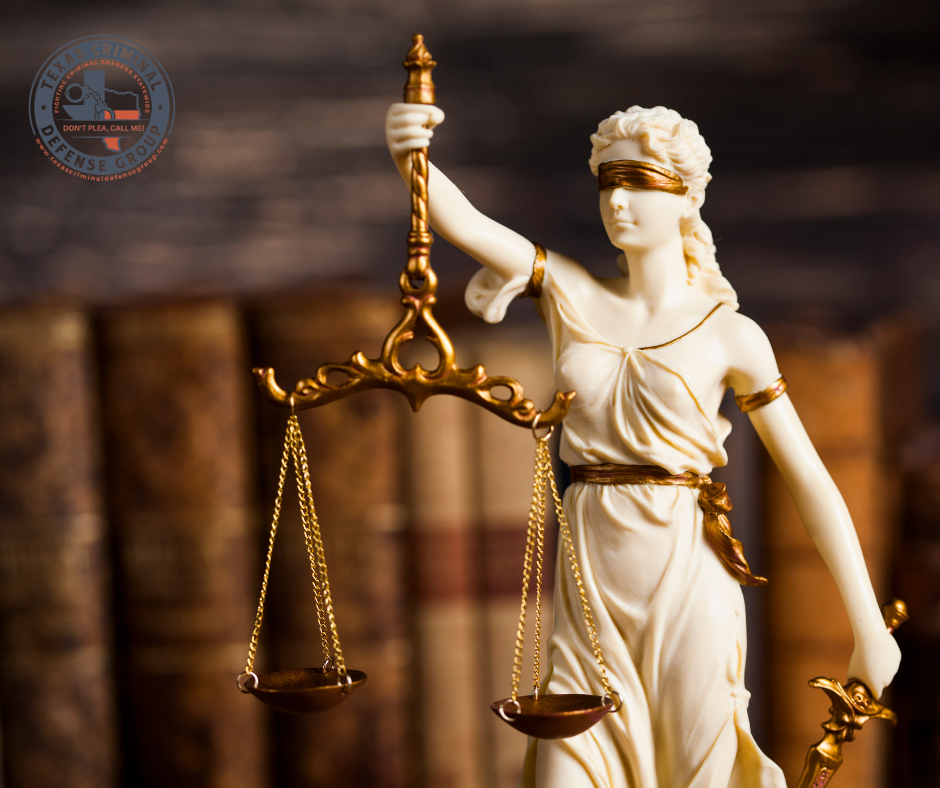
Different Levels of Burden of Proof
The burden of proof is like a key player in the legal game. It helps decide if someone is guilty or responsible for something. To prove it, there needs to be evidence that really shows the person probably did it without any good reasons to think otherwise.
As this blog aims to provide a comprehensive overview of the different levels of burden of proof in Texas and their significance in the realm of law. Let’s check out the different levels of burden of proof required in the legal system.
Understanding Burden of Proof
The burden of proof is like a rule in the law world. It decides if a legal claim is right or wrong by looking at the evidence. Typically, the person making the claim needs to demonstrate that it’s accurate and bear this responsibility.
This rule is there to make sure legal decisions use facts, and not just mere speculations. Lawyers often have to gather proof and show that a claim is right for the person they’re helping.
Burden of Proof Levels
Probable Cause
Probable cause is a legal concept used by police when they want to search or arrest someone. It means they need a good reason to believe a crime happened and that the person they’re going after probably did it. This rule isn’t as strict as the ones in court, but it’s really important at the beginning of looking into a possible crime.
Outside of court, cops also need a smaller level of proof called “reasonable suspicion” just to stop you. This implies they should have a reasonable suspicion that you may have done something wrong, are currently engaged in it, or might do so in the near future. But to actually arrest you, they need a stronger level called probable cause. This means the situation makes a regular person think that a crime is definitely happening.
Preponderance
Now, there’s another rule called “preponderance of evidence.” Both sides need solid facts to make their case stronger. Picture a scale: the one complaining (plaintiff) has to prove the other person (defendant) is guilty. Individuals resort to legal proceedings to seek financial compensation, for instance, to cover medical expenses or repair items that have been damaged.
In civil cases, the person complaining (plaintiff) shows their proof, like people talking and stuff to see. Then, the person being complained about (defendant) has to argue against that proof. If the person making the complaint doesn’t have solid evidence required, the person who is the subject of the complaint prevails.
Clear and Convincing Evidence
Clear and Convincing Evidence is like a middle point in legal battles. It’s stronger than just having enough proof (preponderance) but not as strict as being completely sure (beyond a reasonable doubt). It means showing really clear, convincing, and reliable facts that don’t leave any room for doubt.
This standard is especially vital in critical cases like e child custody battles or deportation hearings, where one side has to prove their point without any uncertainty.
Guilt Beyond Reasonable Doubt
The higher standard in criminal cases. It means if someone is accused of a serious crime, the side pointing fingers has to prove it really, really well. The proof has to be so strong that there’s no sensible doubt in the minds of the people deciding the case.
This rule is mainly used in criminal trials for serious crimes like murder or robbery. It’s like saying the evidence presented must be so strong that it’s very likely the accused person did the crime they’re charged with. Certain courts hold that the jury’s verdict about the defendant’s guilt must be based on moral certainty.
Even though most evidence comes up during the trial, the prosecutor still has to show some evidence before the trial starts because of this tough rule.
Significance of Burden of Proof in Legal Proceedings:
- Fairness and Justice:
The different levels of burden of proof ensure that the degree of certainty required aligns with the severity of the consequences. This contributes to a fair and just legal system. - Legal Strategy:
Attorneys must carefully consider the burden of proof when developing their case strategy. Knowing the standard helps guide the presentation of evidence and arguments. - Judicial Decision-Making:
Judges or juries use the burden of proof to evaluate evidence and decide legal issues during a trial.
Arrested? Don’t Plea, Call Me!
The burden of proof is like a fairness rule, making sure the level of certainty needed matches how serious the consequences are. Criminal defense lawyers carefully consider this rule when presenting evidence and building their case. It’s a big deal in making sure the legal system is fair and just for everyone involved.
We’ve seen cases where innocent people were wrongly accused and sent to prison for life. It is the responsibility of everyone to prevent this from occurring again. The defense needs to check the evidence and make sure innocent people aren’t wrongly convicted. Jurors must follow their promise to decide based on the law and ensure the prosecution proves its case well.
